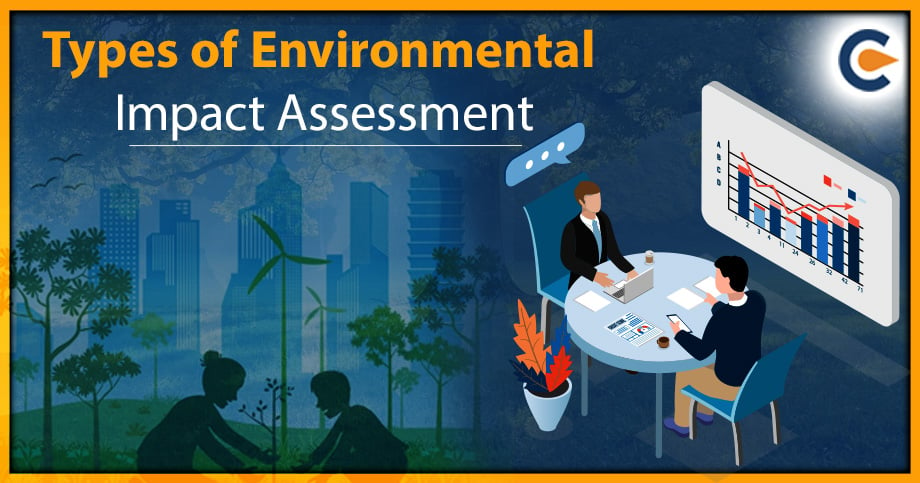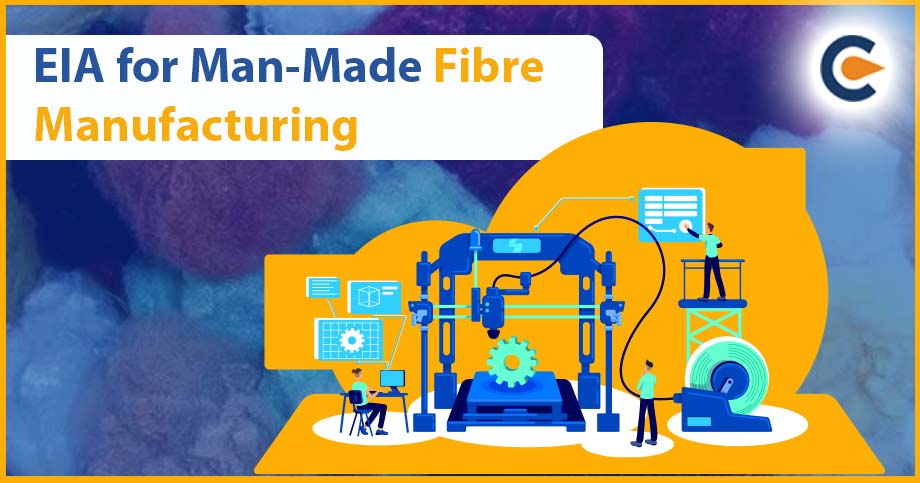This article discusses the several main forms of environmental impact assessments (EIA) used in the environmental management impact assessment process. Environmental impact evaluations aid in impact assessment and reporting (IEA). In the 1970s, environmental assessment grew primarily in importance. EIA has evolved into a critical instrument in environmental management. The assessment aims to assess the environmental consequences of a proposed project or development concerning their associated social, cultural, and health consequences. To put it simply, EIA is a process used to examine a proposed development’s environmental effects. EIA is a critical management tool for ensuring that natural resources are utilised as efficiently as feasible for long-term growth. Environmental consequences and mitigation should be considered early in the project planning cycle for various reasons, including environmental protection, optimal resource usage, and time and cost savings.
Environment Impact Assessment
According to UNEP, Environmental Impact Assessment (EIA) is a decision-making tool to identify a project’s environmental, economic, and social implications. The primary purpose of EIA is to analyse environmental impacts early in project design, identify mitigation techniques, adapt projects to the local environment, and give projections and options to decision-makers.
Environmental impact assessments can benefit both the environment and the economy by reducing the cost and duration of project implementation and design, eliminating treatment and clean-up costs, and minimising the consequences of laws and regulations. During the Rio Earth Summit, 1992 such importance of the EIA was discussed.
Environment Impact Assessment in India
In 1976-1977, the Planning Commission directed the Department of Science and Technology to assess river valley projects from an environmental standpoint. It was further expanded to include all projects requiring approval from the Public Investment Board.
The Environment (Protection) Act[1], passed by the government in 1986, made EIA a legal necessity. The Indian Wildlife (Protection) Act (1972), the Air (Prevention and Control of Pollution) Act (1981), the Water Act (1974), and the Biological Diversity Act are the other primary laws in this area (2002).
The Ministry of Environment, Forestry, and Climate Change established the Environmental Information System (ENVIS) in 1982 to collect, compile, store, retrieve, and disseminate environmental data. It serves as a distributed web network for subject-specific databases. ENVIS’s primary purpose is to coordinate all national activities to collect, store, disseminate, and use environmental information for more effective environmental assessment operations management.
Types of Environmental Impact Assessment
Today’s environmental assessments include the following five major types of environmental evaluation:
- (SOE) – State of Environment – Over the last three decades, state of the environment (SOE) reporting has evolved into Integrated Environmental Assessment and reporting (IEA). Practitioners responded to the advent of the concept of sustainable development, whose primary pillars are social, economic, and environmental issues, by introducing IEA, which integrates social, economic, and environmental aspects in assessments.
The goal of integrated environmental assessment and reporting is to demonstrate the cause-effect relationships between human and natural action on the environment and the resulting environmental change in the status of the environment and human development. The environmental assessment should result in more than merely knowing the state of the environment. It should also provide policymakers and other stakeholders with recommendations for better environmental management.
- (IEA) – Integrated Environmental Assessment and reporting – Over the last three decades, state of the environment (SOE) reporting has evolved into Integrated Environmental Assessment and reporting (IEA). Practitioners responded to the advent of the concept of sustainable development, whose primary pillars are social, economic, and environmental issues, by introducing IEA, which integrates social, economic, and environmental aspects in assessments.
The goal of integrated environmental assessment and reporting is to demonstrate the cause-effect relationships between human and natural action on the environment and the resulting environmental change in the status of the environment and human development. The environmental assessment should result in more than merely knowing the state of the environment. It should also provide policymakers and other stakeholders with recommendations for better environmental management.
- (EIA) – Environmental impact assessment – This is one of the most important and widely utilised environmental assessment processes, and EIA is likely one of the most well-known, depending on the protagonists. Historically, investors/developers distrusted and regarded EIA as a tool employed by environmentalists to hamper progress.
On the other hand, EIA is a technique used to assess significant developments’ social, economic, and environmental consequences to decide the appropriate migration actions. Like other policies, such as natural resource management regulations and global environmental accords, EIA is considered a policy response (MEA).
- Corporate environmental assessment and reporting – Factors such as the erosion of confidence in large organisations, globalisation of business, the corporate governance movement, the development in prominence of socially responsible funds, and simple competitive pressures push the inclusion of corporate responsibility in daily business operations.
The Global Reporting Initiative (GRI) has created globally applicable Sustainability Reporting Guidelines to facilitate the public account of the private sector’s economic, environmental, and social performance concerning its activities, products, and services.
- SEA – Strategic environmental assessment – By giving a broader environmental perspective, SEA contributes to environmental conservation and sustainable development decisions. Considering the consequences of the planned strategic activities policy programme and plan. Strategic environmental assessment also aids in determining the most viable environmental choice.
Another component contributing to integrated policymaking and planning is providing early warning of cumulative effects and large-scale changes.
SEA is beneficial for –
- Aids in the incorporation of sustainability ideas into policymaking.
- Assisting in improving decision-making in methods that promote environmental integration and sustainability.
- Enabling environmental sustainability while guaranteeing an integrated policy, planning, and programming approach.
- Giving a better perspective for assessing cumulative impacts.
- Providing context for EIA screening for lower-level environmental assessment. Allowing for the anticipated consequences that may occur at the project level helps to strengthen the accompanying EIA.
Conclusion
In this blog, we discussed the many forms of environmental impact assessments and explained each. In India, the Environmental Impact Assessment (EIA) is a complex technique; therefore, there is a massive requirement for Assistance and Guidance from Industry experts to have accurate, legitimate, and high-quality EIA reports that include a thorough examination of the proposed project. Completing an EIA for a project is a challenging undertaking. The project proponent would require the assistance of professionals well-versed in all project parts. By doing so, the project proponent can ensure that all required documentation for an EIA is comprehensive and that all requirements are completed to ensure an accurate EIA report containing all the project’s requirements.
These essential areas of environmental impact assessment are critical, as is the need for legislative responses to ensure adequate environmental management. During the environmental impact assessment, these variables presented a sustainable resource and environmental use process to avoid damage.
Read our Article:Environmental Clearance Process In India: A Complete Outlook











